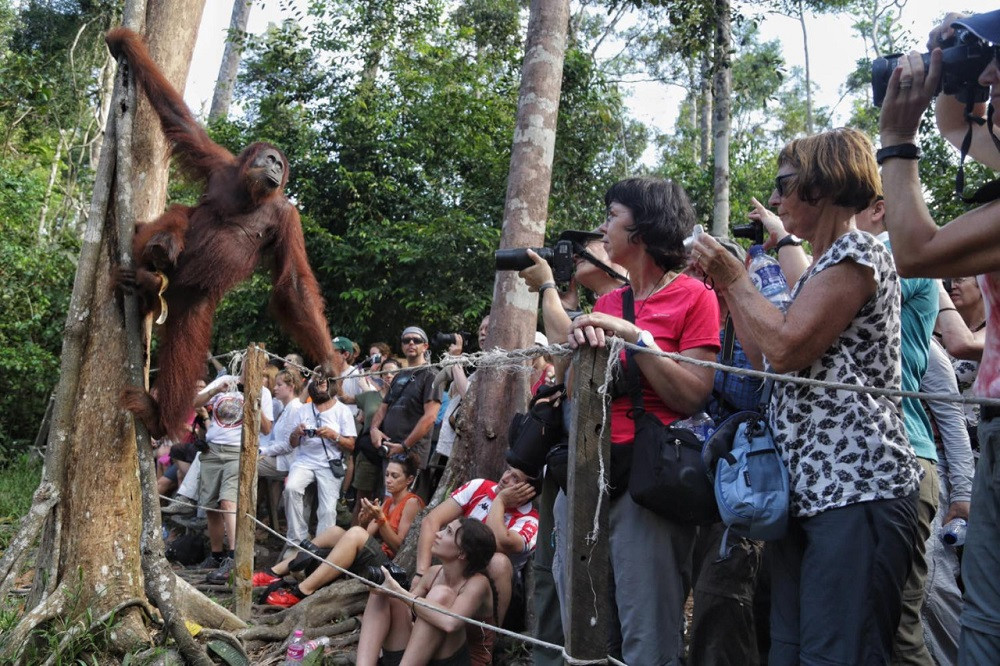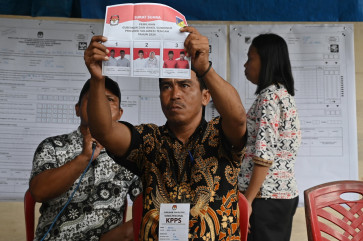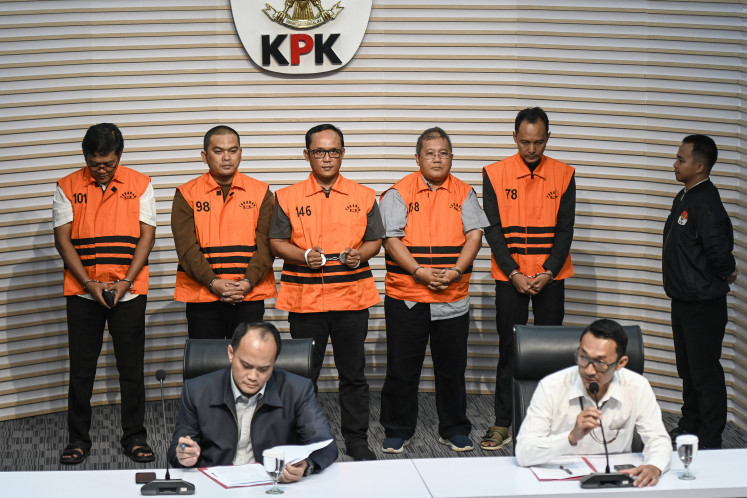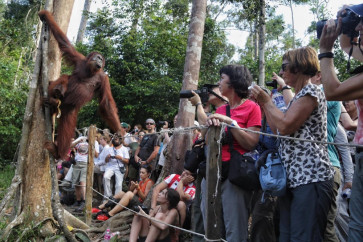Popular Reads
Top Results
Can't find what you're looking for?
View all search resultsPopular Reads
Top Results
Can't find what you're looking for?
View all search resultsAn alarming surge in illegal wildlife trade in Southeast Asia
Indonesia is home to 1,531 species of birds, 515 species of mammals, 270 species of amphibians and 35 species of primates thereby making it a biodiversity hotspot also due its vast rainforest cover.
Change text size
Gift Premium Articles
to Anyone
W
ith a recent purge by American social media giant Facebook on advertisements for the illicit sale of animals in Yangon, Myanmar, the discourse around such trade has resurfaced. The ad more specifically sported a picture of a caged cat and described it as “Not too wild, not too-well behaved. If interested, call...” which is alarming for the platform as it has a strict ban on the sale of animals.
According to a report by an international non-governmental organization World Wide Fund for Nature (WWF) illegal wildlife trade occurs across the Southeast Asian region from the remote corners of Myanmar and Laos, to markets in Bangkok and Hanoi, but its center of gravity is the Golden Triangle, where Thailand, Myanmar, Lao, China meet. Thereby, categorizing the region as a major hub for trade of this nature.
The region is a biodiversity hotspot that sits at the heart of wildlife trade. Although, such trade is carried out for specific purposes the scale of trade in the region is quite large.
A report published by TRAFFIC, another leading non-governmental organization involved in the wildlife monitoring network, further categorizes the scale to include the following: Over 96,000 kg of pangolin scales seized in Malaysia, Singapore and Vietnam, over 225,000 kg of African ivory seized from almost all ASEAN nations, over 2,200 tigers seized, more than 3,800 bear equivalents sized in ASEAN nations, over 4,500 African rhino horns most linked to ASEAN nations, 1,100 helmeted hornbill parts seized in Indonesia, over 45,000 live birds seized in Indonesia. Up to 1,189 otters observed for sale online in four ASEAN nations, over 100,000 pig nosed turtles seized in Indonesia.
This expanse not only threatens wildlife in the region but also endangers species far beyond the region’s borders, making it a major cause of concern for the international community.
Therefore, the 10 ASEAN members function as a source, consumer and as entrepôts for wildlife coming into the region and this trade is globally connected to feeding a demand for exotic wild animals, parts and products for use as luxury goods, traditional medicine ingredients and the billion-dollar live animal trade.
There are also adequate loopholes in the legislation systems in the region considering there is a policy gap in understanding the difference in trade volumes of both legal and illegal trade brackets. To further understand the volume of wildlife trade in the region, it is critical to look at a case by case analysis of nations in the region.


















